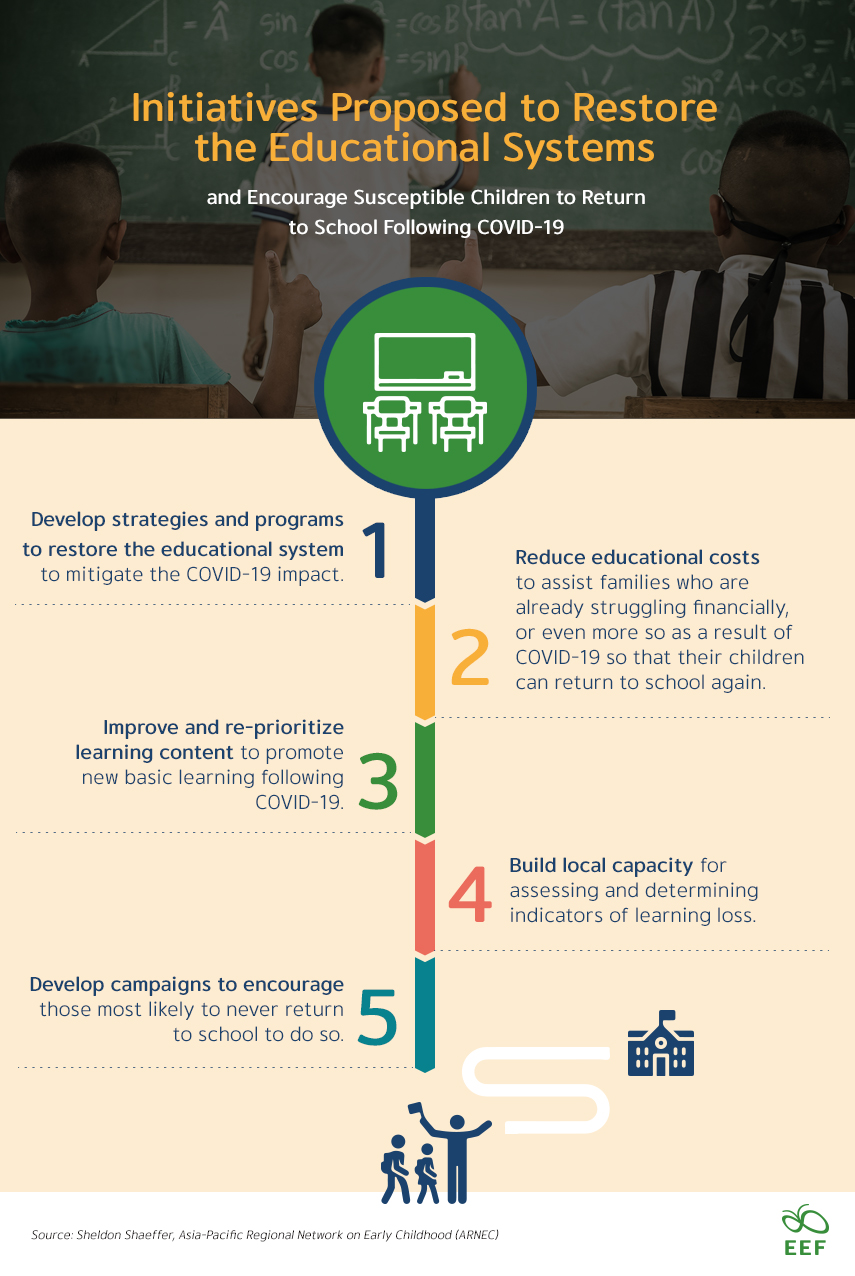
COVID-19 hit a nail in the coffin of educational equity, with vulnerable children first falling out of the educational system and now being at risk of never going back to school and exclusion, and, subsequently, learning loss and widening gaps in educational opportunity.
Access to the education crisis has deteriorated due to the COVID-19 pandemic. There are millions of children out there who desire to go back to school again. However, their learning experience is adversely impacted by the social-distancing classroom environment — with worn-out teachers and classmates who have become strangers since they have not interacted in person for two years. Among the most affected are vulnerable children, of particular note, children from underprivileged, low-income communities and immigrant families, children with developmental delays and disabilities, children who identify as LGBTQIA+, and children who have never attended school or have been expelled from school.
Among the primary causes of children falling out of the educational system is a lack of learning spaces and technological resources. Particularly if they encounter all of the above-mentioned problems at once, rendering them completely unable to return to school, they are at a more significant disadvantage. Losing their places for learning and playing will thus limit their access to educational opportunities.
It is worth mentioning that the pandemic’s impact on education is even more catastrophic for female children than for male children in the Asia-Pacific region, exacerbating the social, cultural, economic, and financial barriers to education that already existed there, putting about 1.2 million female children at risk of not ever returning to school.
Following COVID-19, several initiatives have been proposed to restore the educational system, particularly to encourage vulnerable children to return to school:

Source: 2ND ASIA-PACIFIC REGIONAL EDUCATION MINISTER’S CONFERENCE (APREMC II) – Session 2

